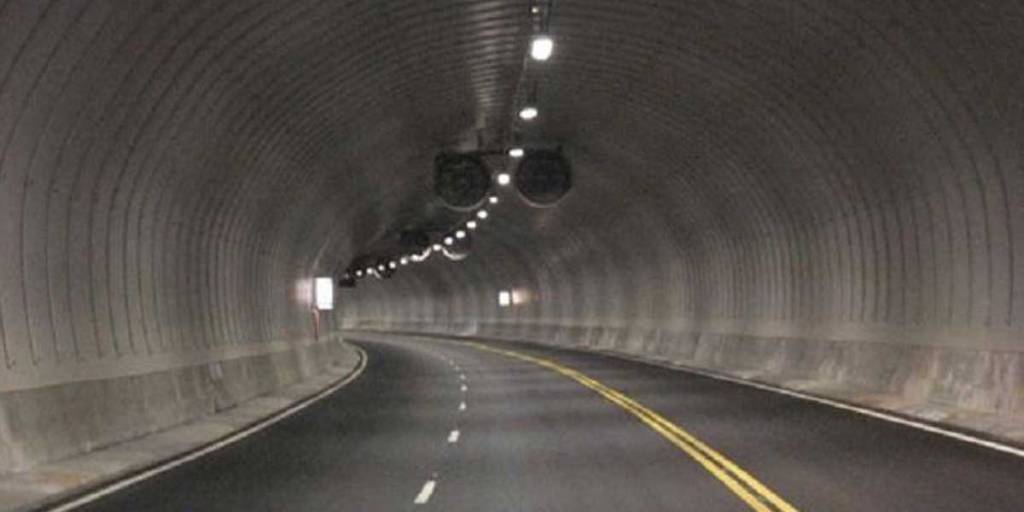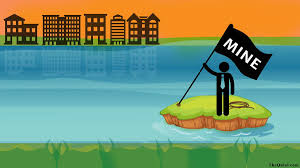Published in Dwarka Express dated 29.10.23
An interesting notification of Bruhat Bengaluru Mahanagara Palike (BBMP) has become viral and drew the attention of all lake activists in Bangalore. The notification invites the interested citizens to become the ‘Kere Mithra’ meaning friend of a lake. At the first instance, one wonders why he or she should register with Bruhat Bengaluru Mahanagara Palike (BBMP) to be eligible for a friend of a lake. Am I not a friend of lake, if I am not registered by BBMP, fumes an angry volunteer. Taking it in right spirit, many citizens rushed to register for becoming a BBMP nominated friend of the lake. Perhaps citizens might have thought that this may give an opportunity to be heard. But all are not lucky enough to get the registration done. For instance, if one clicks the dropdown menus one by one, he may land in his preferred Assembly constituency. He chooses the same and now the list below asks you to opt the nearby lakes in the constituency.
If one does not find in the drop-down menu a lake of his choice, say for example, in Malleswaram or Yelahanka constituencies, then the chance is that he would not become a Kere Mithra. Those people who are working for rejuvenation of a nearby lake may not get an opportunity to serve. On the other hand, it has also come to light that a number of lucky citizens of other wards have registered for some other lakes. The online format stipulates another condition. The lake must be within 2 KMs from the residence of the Mithras. A citizen is expected to upload his voter I card also as a proof of your proximity to the lake. Interestingly only 10 Mithras will get the opportunity if more people register on a randomization process. The story does not end here. The registration should have been done before 30th Oct 2023. Environment is not everyone’s priority and only a few come forward to take up the cause. If this is going to be a free service, can’t BBMP take a generous view of the nomination? The best way is to invite those who are interested in saving the lakes, shortlisting them on merits and allot lakes as per their choice to have an effective people’s participation.
We understand that a similar notification came up five years back and it could not take off. It is a good initiative to involve genuine volunteers. While welcoming it, we wish that BBMP should drop aside the stringent restrictions like a) 2 km radius or b) cut off dates or c) Only 10 Mithras per lake The need of the hour is to involve more concerned citizens in rejuvenating and maintaining the waterbodies. Let us hope that in a democratic country like ours where there are a lot of people’s representatives already such as MPs, MLAs, ward counsellors besides dedicated bureaucrats, one more step of roping in a volunteer is not a bad idea, though.



